How to re-fill a watercolor pan from a tube of paint
So today, I want to show you how I go about filling up my watercolor pans with refill color from a watercolor paint tube.
You can just go and buy new pans, and it’s very very convenient. But in the long run it’s up to 5 times as expensive (or more) as buying tubes of paint and then you simply go and refill your pans. That’s what I do.
In the video above I show you hands on how I do it. Below you will find an edited transcript from the video.
* * *
Transcript from the video:
So let’s look a little bit at what we do when our watercolor pans are starting to get empty.
You can see in my messy box of watercolors here, my watercolor pans, that my ultramarine blue is starting to get a little bit empty.
So today, I just wanted to show you how I go about filling up my watercolor pans with refill color from a watercolor paint tube.
So of course, you can just go and buy new pans. Of course, you can do that and it’s very very convenient, but in the long run it’s up to 5 times as expensive (or more) as buying tubes of paint and then you simply go and refill your pans. That’s what I do.
When I buy a new color that I don’t really know, I tend to buy as a pan because then I can try it out and, you know, that’s just convenient. And I don’t have a tube lying around with paint I don’t use. But with all the colors, I use regularly, I refill them with paint from tubes.
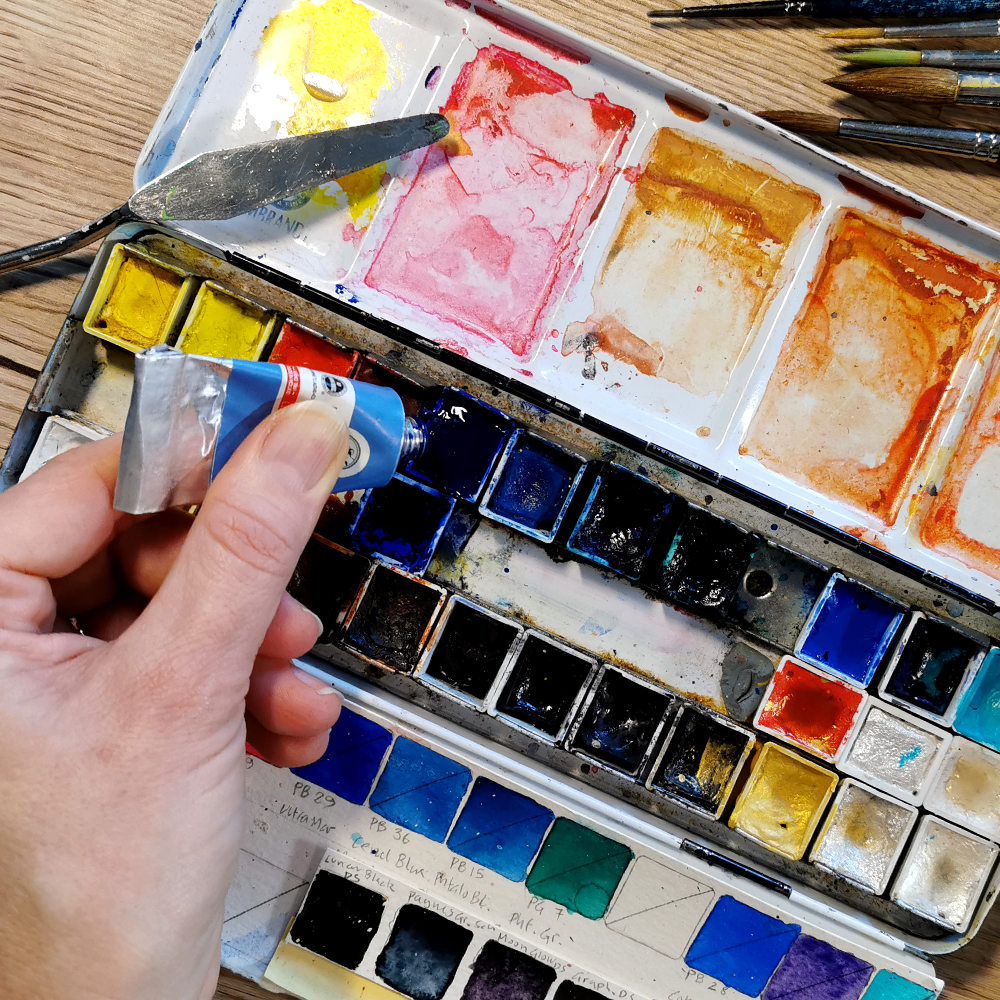
So let’s get to the nitty gritty. I do have a lot of watercolor tubes.
And now that we are at it, I do use a lot of different brands. As long as it’s artist’s quality, in general, I’m happy. So the one I’m going to fill the ultramarine blue tray or pan with today, is from the brand Old Holland, but that’s pretty arbitrary. For example, I also love the brand Maimeri. The artist quality is called Maimeri Blu.
I also have a lot of colors from Schmincke. Those I have are the Schmincke Horadam artist quality watercolor. And I have a lot of Daniel Smith watercolor tubes as well.
Just to touch on that.
I have a lot of different brands. I always go for artist quality and then I’m happy.
So let’s let’s look a little at the filling of the paint pan now. Just bear in mind that I’m not recommending any special brand here.
* * *
What I do recommend is using artist quality watercolor. And if you buy in tubes like this and refill your pans, well, it’s around 5 times as cheap as buying new pre-filled pans. So that’s very budget friendly once you have them. And of course, that is if you use a relatively, what can we say, reasonable number of different colors.
I tend to use the same twelve to twenty colors consistently.
Okay.
So it’s very easy to fill a pan, but I know it can be nice to see how it’s done. So I take off the lid, of course, and you can also see this one is quite empty soon. Oh and well, when I’m saying you can save 5 times, I think that’s an under statement.
* * *
I have a fresh tube of the ultramarine blue as well. You can see already now that just by the tiny amount of paint left here, I could fill this pan at least 3 times. So here’s my full tube of the same ultramarine blue. And it’s, of course, more expensive than a pan, but not that much anyways. I think there must be enough paint in it for at least 7 times of re-fill in this one.
* * *
This is very easy. It’s very, very clear what to do. So it’s super easy. Let’s just see if I can hold it. So you can see. You can see it’s pretty empty here.
Sometimes when you open a tube, actually, you will find some of the binder are separated from the paint. From the pigment and out comes some clear binder. But what you can do is take a piece of kitchen towel or similar, and just gently squeeze out and see if any clear binder is coming out on the towel.
So if clear binder is floating out of your tube and it’s been separating from the pigment, that’s little bit of a show stopper if it ends in your pan. But start with squeezing onto a piece of towel. So then after the clear binder has been squeezed out, then out comes the nice and well saturated paint. So that’s a good thing to do first. So you don’t get all that binder in your paint.
Let´s fill the pan next. So I just gently squeeze in some paint. You can see it’s coming out here. Just squeeze and then with some tool, it could be a small spatula for instance, press down and kind of mold the paint it into the corners of the pan, make sure that the corners are filled with paint, that can be nice.
And in general, just make a nice finish on top of your newly filled pan.
* * *
Next, your newly filled pan needs to dry.
You can take your pan out of the watercolor box, and you can put it inside for example a cupboard or something and just leave them to dry there. They do need, of course, to dry, so you need to be prepared, there will be some time for it to dry. So you want it to not, you know, have too much dust settling on it. So if I fill the pans directly in my watercolor box, what I do is just simply make sure it’s covered or closed, while its drying.
Making sure that dust cannot settle on it, especially for the first, like, 24 hours or so. Because after that, it will be it will be touch dry, and that’s fine. But you should know that it can take several weeks for a pan to dry fully. That’s normal.
I sometimes hear questions like what´s wrong with their newly filled pan, because the paint is wet underneath the first dry “skin” on top, you know, what they’ve done wrong and so on. Nothing is wrong. It does take some time for it to dry to the bottom. Try and imagine it’s full of water in the paint and it dries on the surface first. And then all those little water molecules in the pan, they have to find their way out to the surface and get out of the paint over time.
So in the beginning, your newly filled pans will be a little bit wobbly, until it’s been drying for a longer time. But that’s just how it is and that’s perfectly normal. Just so you know, and it does take some time for it to settle.
* * *
I hope this could give you a little bit of inspiration for filling your own watercolor pans. It’s very easy.
Filling your own watercolor pans a very, very good tip for how to afford using artist quality paint in the long run.
* * *
So happy painting.
My name is Ida Andersen Lang.
I wish you great creative joy, and let’s get creative this week.


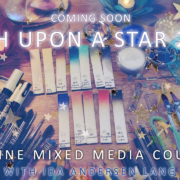
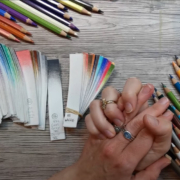
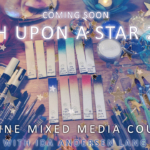
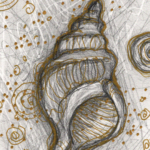
I have filled paint pans before and wish I’d see. You do it first. My main problem is with a new tube of paint and it flies out of the tube before I can slow it down to neatly place it. Thanks much!
Hi Carolyn, thank you so much for your comment.
Oh, yes indeed, that´s a common challenge with the hyper pressure of new tubes. It happens because those tubes are filled from the rear end (with the lid still on) while the metal tube is still open, and then it´s closed from the rear end, if you can imagine. And then when they are closed, sometimes they are “rolled” so tightly that it builds up pressure inside.
If you have a new tube of paint, one good trick is to open it and let it flow out on some sort of plastic, so you can scoop up that precious paint and put it in you pan.
Then you can gently wash the lid with warm water and also clean up the opening on the tube with some damp cloth, so you get a nice clean tube 😀
Hope it could be of further inspiration.
Happy painting!
xoxo
Ida
Why do you not mix the binder back into the watercolor paint? Isn’t the binder there for a reason?
Hi Jeri Ann,
that´s a great question. If it´s just a tiny bit of separated binder, I think it is fine to mix it into the paint, fx with a thin stick or similar. But I don´t do that my self. I find that the paint that has settled in the tube is better without doing it.
When you squeeze your tube, sometimes a lot of binder has separated from the paint and mixing it into the small amount of paint, you have squeezed ou,t could really make the binder:pigment ration disproportionate. So we have to judge situation to situation what makes sense to do.
In general, my experience is there will always be enough binder in the paint that seems to have settled/separated, so that should not be an issue. On the contrary, you will in fact get a more saturated paint with a higher pigment amount.
Kind regards,
Ida